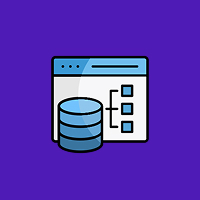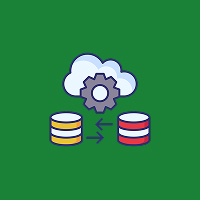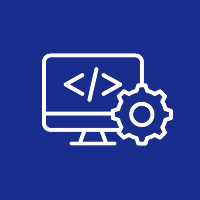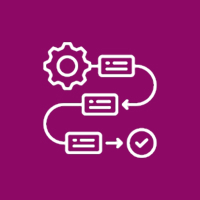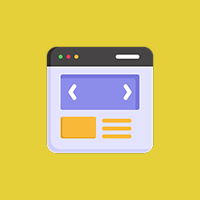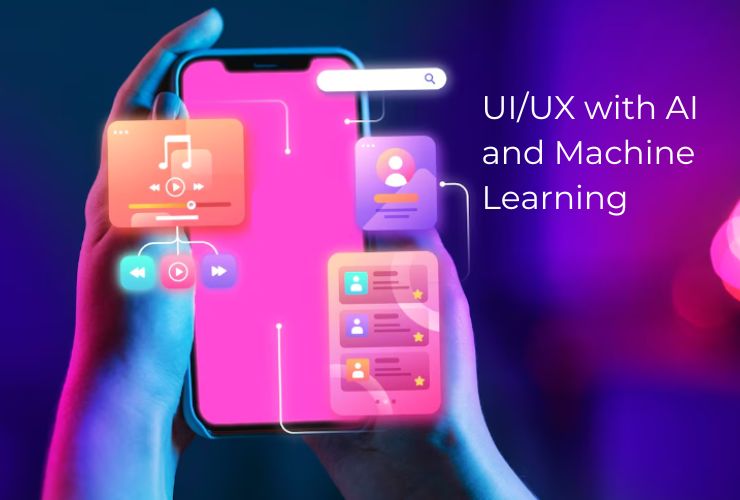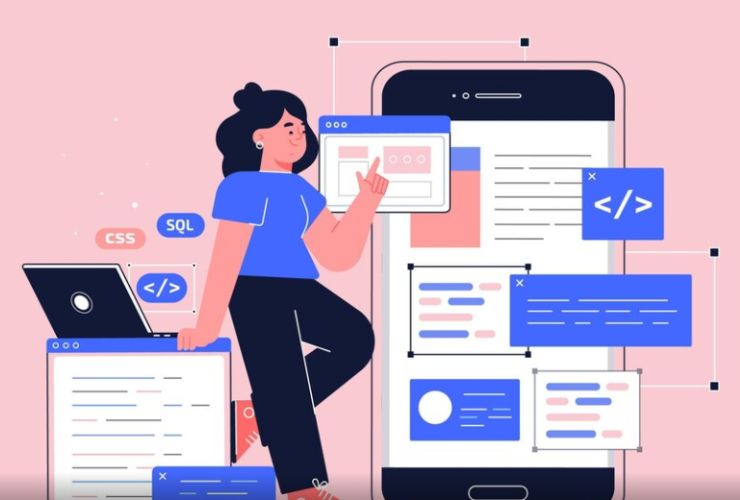As technology continues to advance, the integration of AI (Artificial Intelligence) and Machine Learning (ML) is driving a significant transformation in UI/UX design. These innovations are not merely trends but powerful tools shaping the way designers approach user interfaces and user experiences. Here’s how AI and ML are revolutionizing UI/UX design and paving the way for its future.
1. Personalized User Experiences
AI and ML enable hyper-personalized experiences by analyzing user behavior and preferences. For example, e-commerce platforms can recommend products tailored to individual browsing habits, creating a more engaging and relevant shopping journey.
Example: Netflix uses AI to suggest movies and shows based on your viewing history, ensuring a personalized entertainment experience.
2. Better decisions: Predictive Analytics
Machine learning enables the understanding of how people relate to a product and can predict what they might do next. From this, designers will make intuitive interfaces that allow the machine to understand what the user wants and hence ensure navigation is smooth.
3. Conversational Interfaces and AI Chatbots
AI-powered chatbots and virtual assistants are revolutionizing the interface between human beings and technology. They provide natural experiences in conversation, making tasks easy and offering instant support.
Example: Alexa and Google Assistant are the best examples of conversational interfaces that make daily life easier and more efficient.
4. Adaptive Design Systems
AI can create interactive interfaces that change with time and respond to the user’s preferences. It may include the layout, color scheme, or even the size of the fonts. That way, more people will have fun with an inclusive and accessible experience.
5. Eliminate Tedious Design Tasks
Replace prototyping and layout creation tasks with adobe sensei and figma plugins. That way, designers can be more innovative and creative instead of using much time on repetitive things.
6. Faster and more accurate usability testing
AI tools provide instant feedback on user interaction. This will ensure the faster identification and rectification of any painful moments. Therefore, usability testing would be faster, more precise, and more action-packed.
For instance, services like UsabilityHub and Lookback base their operations on AI to create a better understanding of the user behavior.
7. Predictive User Interfaces
If the UI could sense needs before a user articulates them, this is precisely what predictive user interfaces that rely on AI do: take users through a sequence of activities when interacting with tasks, making it smoother for the interactions with the user while also saving them some cognitive work on the same.
8. Voice and Gesture-Based Interfaces
Voice commands and gesture recognition, driven by AI, are making user interactions more intuitive and engaging. These interfaces are particularly impactful in hands-free scenarios, such as gaming or smart home navigation.
9. Ethics in AI-Driven Design
With AI comes responsibility. Designers must address ethical considerations, ensuring that AI-powered systems prioritize privacy, reduce biases, and foster inclusivity. Transparency and fairness in AI design are critical for user trust.
Conclusion
AI and Machine Learning are transforming the field of UI/UX design, not by replacing designers but by augmenting their creativity and efficiency. By leveraging these technologies, businesses can deliver cutting-edge, user-centric experiences that are innovative, personalized, and future-proof. Embracing AI and ML is the key to staying ahead in the ever-evolving digital landscape.
Contact Us Today









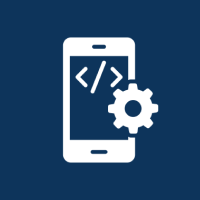



 Database Development
Database Development








